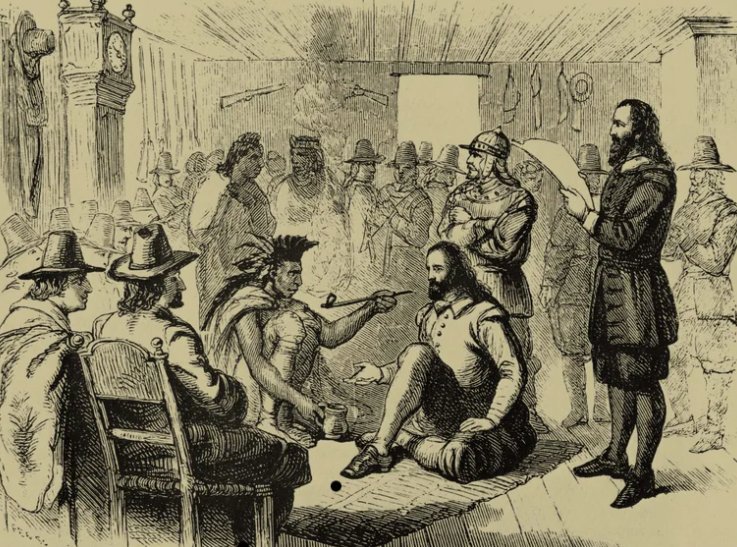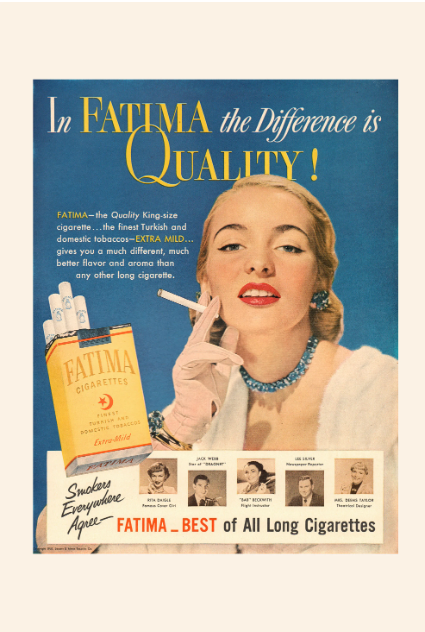Tobacco’s Profound Influence on Societies and Traditions
Tobacco, a small leafy plant native to the Americas, has had an immense impact on cultures around the world for centuries. In this exploration of tobacco’s historical significance, we will journey through time, unveiling how this humble plant has shaped societies, rituals, economies, and even public health. From its sacred origins among indigenous tribes to its complex role in modern society, tobacco’s story is one of both fascination and controversy.
The Origins of Tobacco
Tobacco’s origins are deeply rooted in the heart of the Americas, where it held a sacred and revered place in the lives of indigenous peoples long before European explorers ever set foot on these lands. This chapter of tobacco’s history is a testament to its profound connection to spirituality, medicine, and culture among Native American tribes, notably the Aztecs and Mayans.
- Cultivation and Spiritual Significance
For indigenous tribes, the cultivation of tobacco was not merely an agricultural practice but a sacred duty. The careful tending of tobacco plants was an integral part of their spiritual traditions. These plants were believed to be gifts from the divine, and their growth was often accompanied by rituals and ceremonies that sought to honor and appease the spirits.
- Tobacco in Spiritual Rituals
Tobacco played a central role in the spiritual life of these tribes. It was commonly used in religious ceremonies and rituals, where it was believed to serve as a bridge between the earthly realm and the spiritual world. Smoking tobacco was seen as a means of communication with deities and ancestors, a way to offer prayers and seek guidance.
- The Medicinal Aspect
Beyond its spiritual significance, tobacco also had a place in indigenous medicine. Native healers utilized tobacco for its purported healing properties. It was employed as a remedy for various ailments, from digestive issues to respiratory problems. The leaves were often chewed, smoked, or brewed into teas, each method tailored to address specific health concerns.
- Cultural Tapestry and Symbolism
Tobacco was not merely a commodity or a crop; it was deeply woven into the cultural tapestry of these tribes. Its presence was ubiquitous, from intricate tobacco pouches adorned with intricate beadwork to the intricate pottery depicting tobacco leaves. The plant became a symbol of life, offering, and connection to the spiritual world.
- The Connection Between Worlds
In the worldview of these indigenous peoples, tobacco was a bridge—a connection between the physical and the spiritual realms. Its cultivation, use, and reverence were integral to their understanding of existence. The smoke from tobacco was believed to carry prayers and messages to the gods, making it a vital conduit for communication with the divine.

Tobacco in the Age of Exploration
The momentous encounter between European explorers and tobacco occurred during the age of exploration. Christopher Columbus and his crew were among the first Europeans to come into contact with tobacco when they reached the Caribbean islands. Indigenous peoples introduced them to the practice of smoking, forever altering the course of history.
Soon after, tobacco was brought back to Europe, where it became a curiosity among the elite. Its novelty, along with the sensation of inhaling its smoke, made it a sought-after luxury. European explorers and traders played a crucial role in spreading the use of tobacco back to their homelands.
The Globalization of Tobacco
The cultivation and trade of tobacco quickly expanded, making it a global commodity. Plantations sprung up in various parts of the world, including North America, South America, Africa, and Asia. The demand for tobacco led to the widespread use of enslaved labor on plantations, a dark chapter in the history of this cash crop.
The profitability of tobacco production significantly contributed to the growth of the transatlantic slave trade, as it was deemed a highly lucrative crop. This stark and painful connection between tobacco and slavery is an essential aspect of its historical narrative.
Cultural Significance
Tobacco’s profound cultural significance cannot be overstated. It became more than just a crop; it was a symbol of status, relaxation, and social interaction. Across different cultures, the act of smoking became a ritual that brought people together. Whether through Native American peace pipe ceremonies, European smoking parlors, or the sharing of cigarettes during wartime, tobacco played a central role in fostering connections among individuals.
In the realm of art and literature, tobacco found its way into countless works, becoming a symbol of rebellion, sophistication, or contemplation. The act of smoking a pipe, cigar, or cigarette became an iconic image, further embedding tobacco into the collective consciousness.

Tobacco and Modern Advertising
The 20th century marked a pivotal moment in the history of tobacco, as powerful tobacco companies capitalized on the burgeoning field of advertising to create iconic brands. This chapter in tobacco’s story is a testament to the transformation of an ancient plant into a symbol of style, adventure, and vitality, thanks to the magic of marketing.
- The Emergence of Advertising Powerhouses
As the 20th century dawned, tobacco companies recognized the immense potential of advertising to shape consumer behavior and perceptions. This era saw the rise of tobacco giants such as Philip Morris, R.J. Reynolds, and British American Tobacco, among others. These corporations would become synonymous with the development of marketing strategies that would forever alter the tobacco landscape.
- Prominence in Media
Tobacco advertising became an omnipresent force in the media landscape. Cigarette advertisements found their way onto billboards lining the streets of cities, gracing the glossy pages of magazines, and captivating audiences on the burgeoning medium of television. The ubiquity of these advertisements ensured that tobacco was not merely a product but a lifestyle.
- The Glamourous Imagery
One of the most striking features of these advertisements was the use of glamorous imagery. Tobacco companies carefully curated their campaigns to appeal to a broad spectrum of consumers. Iconic slogans and images associated smoking with sophistication, freedom, and allure. Celebrities, models, and even athletes were often featured, creating aspirational connections between the products and the glamorous lives of these individuals.
- Associating Smoking with Style and Adventure
Tobacco advertisements went beyond mere product promotion; they sought to associate smoking with style, adventure, and vitality. The imagery often depicted individuals embarking on daring escapades or enjoying leisurely moments of relaxation, all while elegantly holding a cigarette. These visuals reinforced the idea that smoking was not just a habit but a lifestyle choice—a ticket to a world of excitement and sophistication.
The Health Controversy
Despite the widespread popularity of tobacco, concerns about its health effects began to surface in the mid-20th century. Scientific research established a clear link between smoking and a range of serious diseases, including lung cancer, heart disease, and respiratory disorders. The discovery of these health risks initiated a dramatic shift in public perception.
The Impact of Regulations
Governments around the world responded to the growing health concerns by implementing stringent regulations on tobacco products. Smoking bans in public spaces became common, and graphic warning labels adorned cigarette packages to convey the risks associated with smoking. These measures aimed to reduce the prevalence of smoking and protect public health.
Tobacco’s Resilience
Despite the challenges posed by regulations and mounting health awareness, the tobacco industry has shown remarkable resilience. Innovations in tobacco products, such as e-cigarettes and heated tobacco, have attempted to redefine the market. These products aim to provide smokers with alternatives that are perceived as less harmful.
Additionally, the cultural significance of tobacco endures in various forms. While cigarette smoking may have declined in some regions, the use of cigars, pipes, and smokeless tobacco products remains a cherished tradition for many.
Conclusion
In conclusion, tobacco has left an enduring legacy that spans centuries and continents. From its sacred origins among indigenous tribes to its role in the global economy and its complex relationship with public health, tobacco has played a multifaceted role in human history. Its story serves as a reminder of the intricate interplay between tradition, commerce, and the evolving understanding of health.
As we continue to grapple with the consequences of tobacco use, it is essential to acknowledge both its cultural significance and the need for responsible consumption. The story of tobacco is one that illustrates the power of a small plant to shape the course of human history in ways both profound and often unforeseen.




